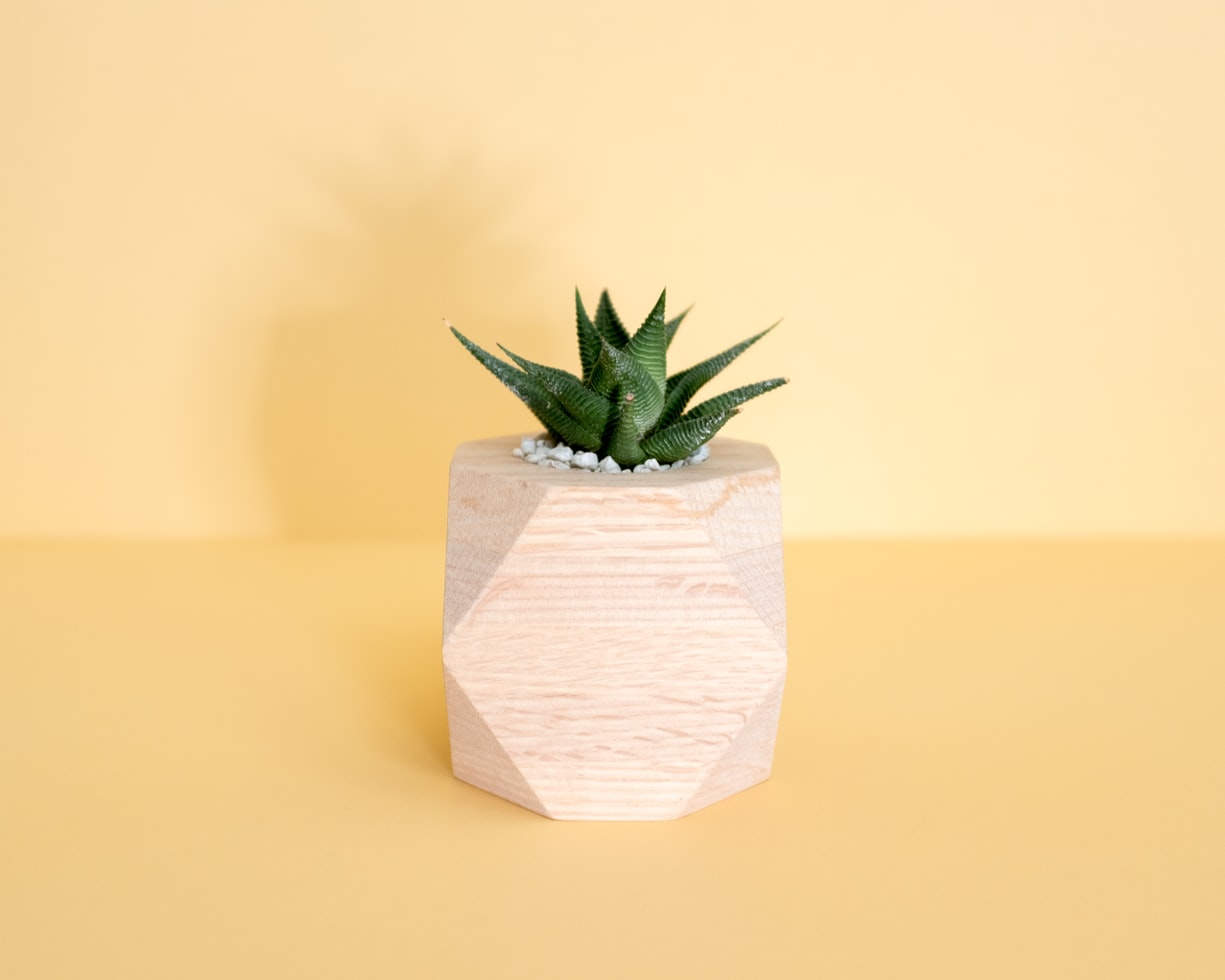UMRE: Section 34, Introducing the Context API!
Section 34: Introducing The Context API!
261. Where We Are Heading
- First going to use Context with class based components
- Then going to use Context with functional components
- End goal – learn about the “redux killer”
262. THE CODE FOR THIS SECTION!
263. What Even is Context?
- Solves the “problem” of passing state down and down and down for components
- Context probides a solution, it gives us ways of sharing data from one higher level component to other child components further down the tree without having to manually pass props at every single elevel.
- Think of it as a way of creating a store o fdata maybe with some methods that manipulate it
264. Adding a Responsive Navbar To Our Context App
- Add Navbar
- Add all from material-ui
- look at
withStyles - Add Appbar Add toolbar Add IcoButton Add typography element with className=Classes.title
-
Switch for self closing add clasName=Pclasses.grow glasses.search classes.searchIcon
- Add styles/NavBarStyles.js
const styles= theme => ({
root : {
width: 100%",
marginBottom:0
},
grow: {},
menuButton: {},
title: {
display: "none",
[theme.breakpoints.up("sm")] : {display: "block"}
},
search: { SEE @ 10 MINUTES}
})
- NOTE: We can use
backgroundColor: fade(theme.pallette.common.white, 0.15),export styles and import them intoNavbar.js -
on Navbar js, export default withStyles(styles)(Navbar)
-
after render before return add `const {classes} = props.classes
- Input from material UI gives more than just one div
Styles inputRoot inputInput
- TRANSITIONS! theme.transitions.create(“width”) // In english – “Make me a width transition”
265. Adding a Responsive Form to our Context App
- new component form.js
- export withStyles
main – classes.main
- import styles from styles/From Styles
-
FormStyles.js
- Paper
- Avatar
- Typography
- Select
- MenuItem
- MenuItem
- MenuItem
- htmlform
- FormControl
- InputLabel
- Input
- FormControl
- InputLabel
- Input
- Form Control Label
- Button
- FormControl
266. Intro to Context and Providers
- Because we don’t have root to
html bodywe can create our own with 100vh 100vw
PageContent.js Return a div with styles
-
Content is something higher up ThemeContext and the components will look up to that one piece of data
-
Must create CONTEXTS /contexts
ThemeContext.js import React {createContext} Call create Context and variable
Now we do a provider Provder side of things (where we put the state) Then things can consume it
Every time you get a context, you also get a provider! This,props.children
TL;DR:
- Create a context CONTEXT_NAME
- Create a component (can be named anything, it just returns a rapper using CONTEXT_NAME.Provider, e.g. ThemeContext.Provider)
- Give that a
valueand then whatever children are inside the wrapper should have access to that information, once we know how to CONSUME it.
CONTEXT & PROVIDER
Context & Provider go hand in hand. Provider components add ways that consumer components can subscribe to context changes.
267. Consuming A Context
TWO OPTIONS
CONTEXT TYPE We can set context type and it needs to
IMPORT THE CONTEXT from the page
import {themeContext} static ContextType=ThemeContext; “look up the tree and see what context you are in”
268. Updating A Context Dynamically
269. Writing the Language Context
270. Consuming 2 Contexts: Enter the Higher Order Component
MyContext.Consumer Child is function!?
